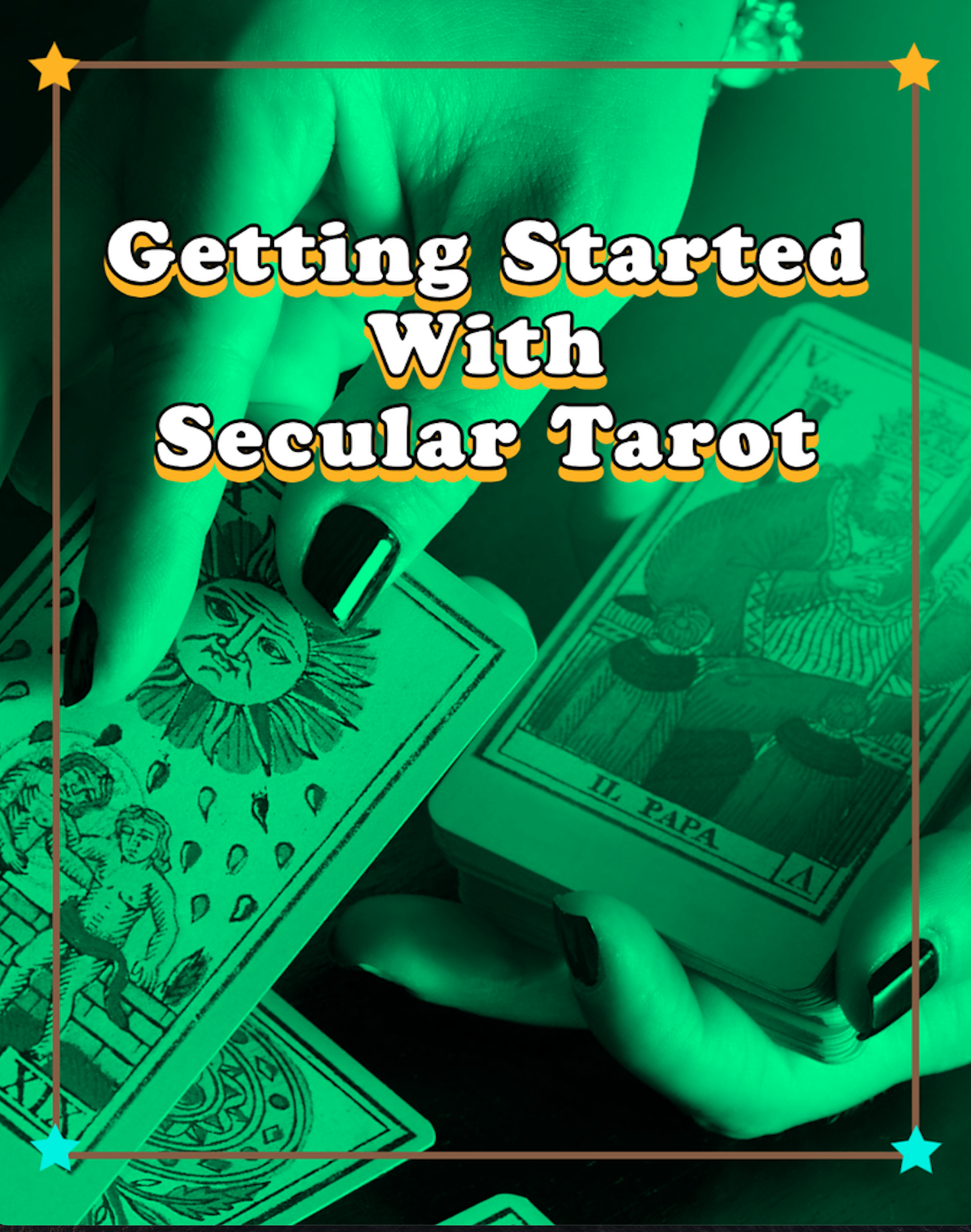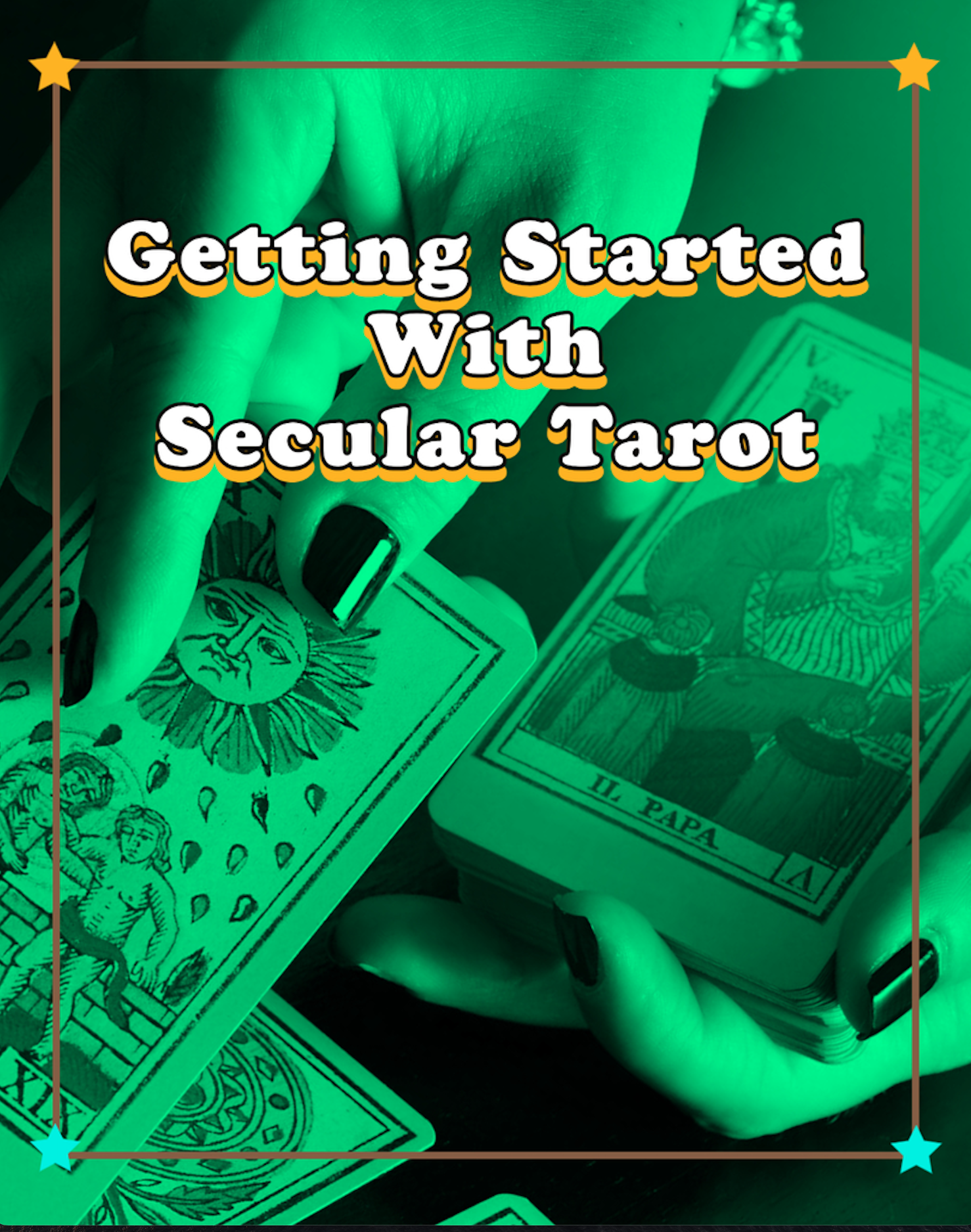So, why on earth do I have such a soft spot for tarot? It’s a tough question, especially considering I’m an atheist with no real spiritual leanings. But despite all that, there’s something captivating about tarot that keeps me coming back for more.
I’ve always been intrigued by the esoteric and occult, albeit from the sidelines. As a student of ancient history, I found myself drawn to the cultural evolution of religions and mythology in the Western world. It’s mind-boggling how brilliant minds like Newton and Abramelin poured their time and energy into unraveling possible connections and uncovering hidden secrets in the cultural artifacts of ancient civilizations.
But it’s not just the historical allure that entices me. The cards themselves are downright useful. They serve as a practical tool for diving deep into the recesses of your own mind. With a rich tapestry of symbolism at your disposal, you’ve got a veritable library of tools to explore all facets of the human experience.
Parts of the Tarot
Now, let’s break down the tarot into its two main parts: the major arcana and the minor arcana.
The major arcana tackles those significant life events that leave an indelible mark on your existence. We’re talking about everything from the transition from child to adult to grappling with the tumultuous realm of “first love”. The series of cards follow someone’s journey as they confront these archetypal experiences. And it all culminates in the World card, representing the “ultimate goal”, the grand finale.
On the flip side, the minor arcana zooms in and gets specific. The minor arcana is divided into four suits, much like the cards you’d find in a standard deck: wands, cups, swords, and coins (or disks or pentagrams if you prefer). Wands symbolize action, cups represent emotions, swords delve into the mental realm, and coins are all about material wealth. The numbers within each suit unfold smaller tales, from the seed of an idea to its completion. And depending on whether you lean more towards the traditional Rider-Waite-Smith approach or the enigmatic Crowley tradition, you might even encounter the themes of over-completion and overabundance.
But Why?
The tarot deck morphs into your very own personal therapist, allowing you to reflect on your struggles, process your issues, and dive into the depths of your thoughts with astonishing detail. It’s like having a heart-to-heart with your subconscious.
But hold on, there’s more! Tarot is an absolute playground for creative minds. As a writer myself, I can vouch that the cards make for perfect little sparks of inspiration. They can ignite your imagination and set your creativity ablaze. In fact, there are entire books dedicated to utilizing tarot as a writing aid.
Oh, and did I mention my personal tarot spread? I might spill the beans in a future post and share all the juicy details. Trust me, it’s way more fun than a simple three-card pull and less complicated than the notorious Celtic Cross.
Getting Started
Now, let’s talk about dipping your toes into the tarot pool. You’re curious, you’re eager, and you’re ready to give this “mystical” practice a whirl. Well, my friend, first things first, you need a deck. My recommendation? Go for the classic Rider-Waite-Smith deck or something similar in structure. Steer clear of oracle decks and Crowley’s intricate Thoth deck until you’ve mastered the tarot basics. Those babies require a whole new level of understanding (numerology, astrology, kabbalah, etc.) to truly appreciate their depth.
Once you’ve got your deck in hand, it’s time to grab a reference book. Any book that covers the traditional tarot deck will do the trick. You’ll find plenty of options in used bookstores or even in the bargain sections of big-box book chains. There’s no wrong choice here because once you grasp the fundamentals, you’ll start weaving your own interpretations of the cards based on your unique life experiences and beliefs.
Oh, and a word of caution while selecting your deck: Steer clear of those that only use pips in the minor arcana. They resemble plain playing cards and lack the imagery that adds depth to your readings. Picture this—a 3 of cups with just three cups on the card. Not very inspiring, right? Opt for decks like the Rider-Waite-Smith that feature illustrations for every card, including the minor arcana. These vivid depictions will help you interpret the cards and remember the meanings. Once you’ve mastered those meanings, feel free to dive into decks that exclusively use pips in the minor arcana. They can be a delightful change of pace. I love my Guillermo del Toro deck!
In conclusion, my fellow explorer, I’m handing you the key to the enchanting realm of tarot. I hope this journey has enlightened you, leaving you with fresh perspectives and the opportunity to delve into the workings of your own mind.




Leave a Reply